The Japanese sword, regardless of its tip or the entire blade, is characterized by a design based on curves and arcs. This distinctive shape is a result of the combination of steel types used and the changes induced by the tempering process.
Japanese swords are typically wielded with both hands, generating powerful force. They are versatile tools, suitable for both chopping and thrusting. The blade's thickness gradually transitions from the guard to the tip, becoming thinner, and similarly, the width narrows from the guard towards the tip. This variation in cross-sectional area along the blade results in a sharper edge towards the tip, ideal for cutting, while the wider, thicker sections provide durability and protection against attacks. This thickness variation also optimizes the blade's balance, ensuring ease of maneuverability, rapid strikes, and effectiveness in combat.
Sori
"Sori" refers to the curvature of the blade. Different curvature styles can be customized by the swordsmith to suit the user's preference or the characteristics of different schools of swordsmithing.
The two main styles are "Nakazori" and "Koshizori." In Nakazori, the curve of the blade is evenly distributed, with the deepest curve around the center, resembling the torii gate at the entrance of a Shinto shrine.

On the other hand, Koshizori has the highest curve around the waist of the blade, with the curve near the tip being less pronounced than on the side closer to the tang, resulting in an elliptical curve.
In the process of forging, Japanese swords might appear relatively straight, but during the tempering process, the blade is coated with clay and then quenched in water. This differential cooling causes the blade to warp upwards at various temperatures, deepening its curvature, creating the natural curve seen in finished swords. Other variations include Sakizori (slightly upward curvature) and Uchiizori (slightly downward curvature), commonly found in shorter blades.
Blade Cross-Section Styles
The cross-sectional profile of the blade is another important aspect. The most common style is "Shinogidukuri," which has a symmetrical hexagonal cross-section, with a triangular back ridge that consists of three surfaces on each side, resulting in a total of six surfaces and six curves.
All these surfaces and lines converge at the blade's tip. Blades with a triangular cross-section are known as "Hiradukuri," which results in a sharper edge but comparatively reduced impact resistance. This style is often used for shorter blades. Other styles include Kirihadukuri and Syoubudukuri.
Mune
"Mune" refers to the back of the blade. In Shinogidukuri blades, if the back ridge has a triangular cross-section, it is called "Andomune," and if it's straight, it's called "Kakumune." Andomune, as the name suggests, resembles the roof of a temple or hermitage. This style is the most widely used, while the other three are more occasional and are mostly found in historical sword works.
Kissaki
"Kissaki" refers to the tip of the blade, specifically the edge near the tip. Kissaki comes in various sizes and shapes, ranging from large, medium, small, to boar's head. Larger Kissaki are more pointed, aesthetically extravagant, and fragile, favored by modern collectors. Smaller Kissaki are more durable and practical, suited for warriors in historical times who valued functionality over aesthetics.
Toi
"Toi" refers to the grooves on the blade. Contrary to popular belief, these grooves are not intended for bloodletting. Japanese swords primarily focus on cutting and chopping, and they don't require deep penetration for thrusting. Toi primarily serves to adjust the weight balance of the blade and can also act as decoration. Furthermore, they can conceal imperfections; if there's a flaw in the forging process on the shinogi (ridge line), it can be concealed with a groove.
In summary, the Japanese sword is a meticulously crafted masterpiece, with its curvature, cross-sectional style, tip shape, and grooves all contributing to its functionality, balance, and aesthetic appeal.
Read more
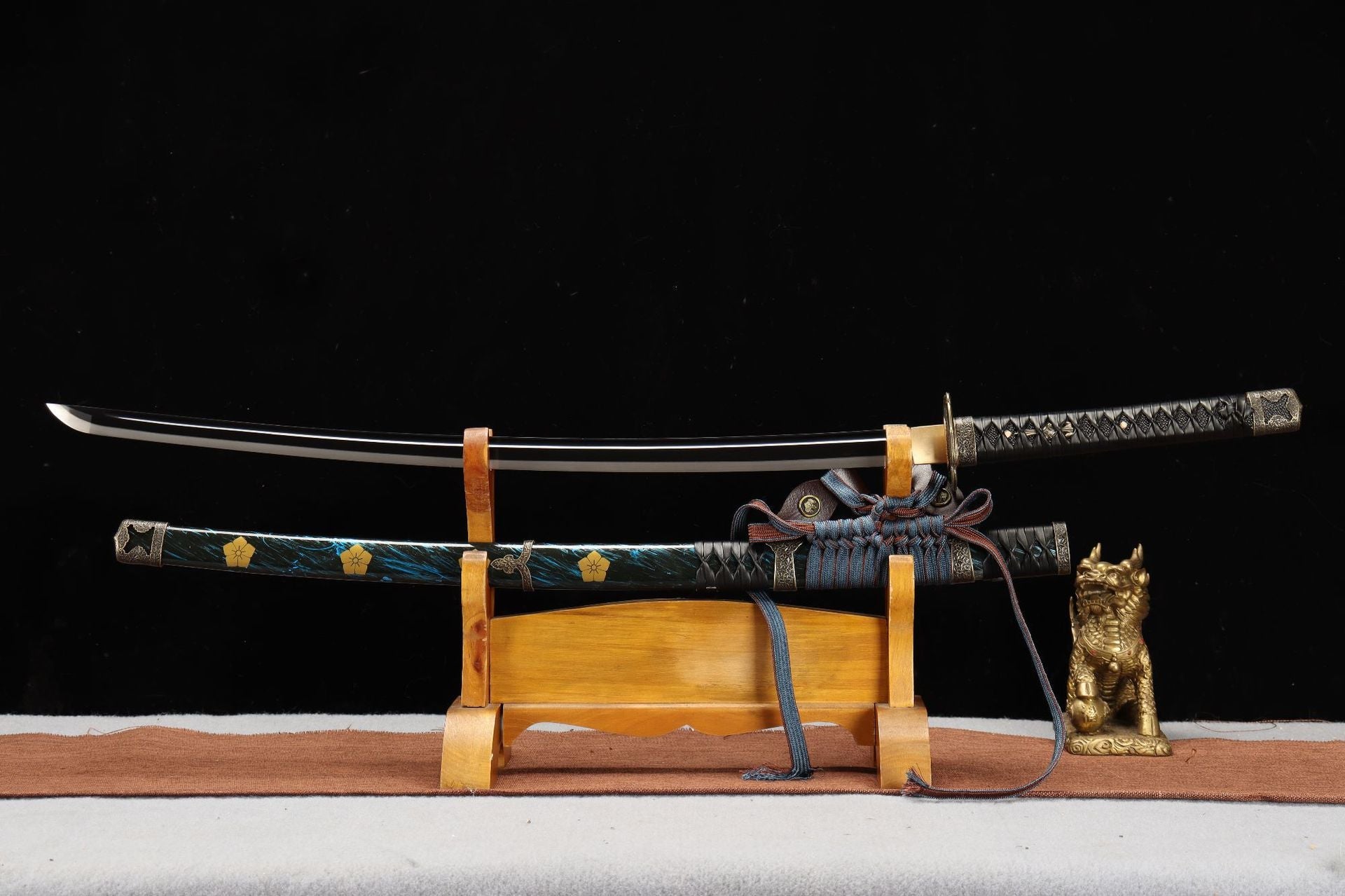
Japanese swords can be roughly categorized into four types based on their length: "Tachi," "Katana," "Wakizashi," and "Tanto." These four types were the standard weapons used by Japanese warriors. ...
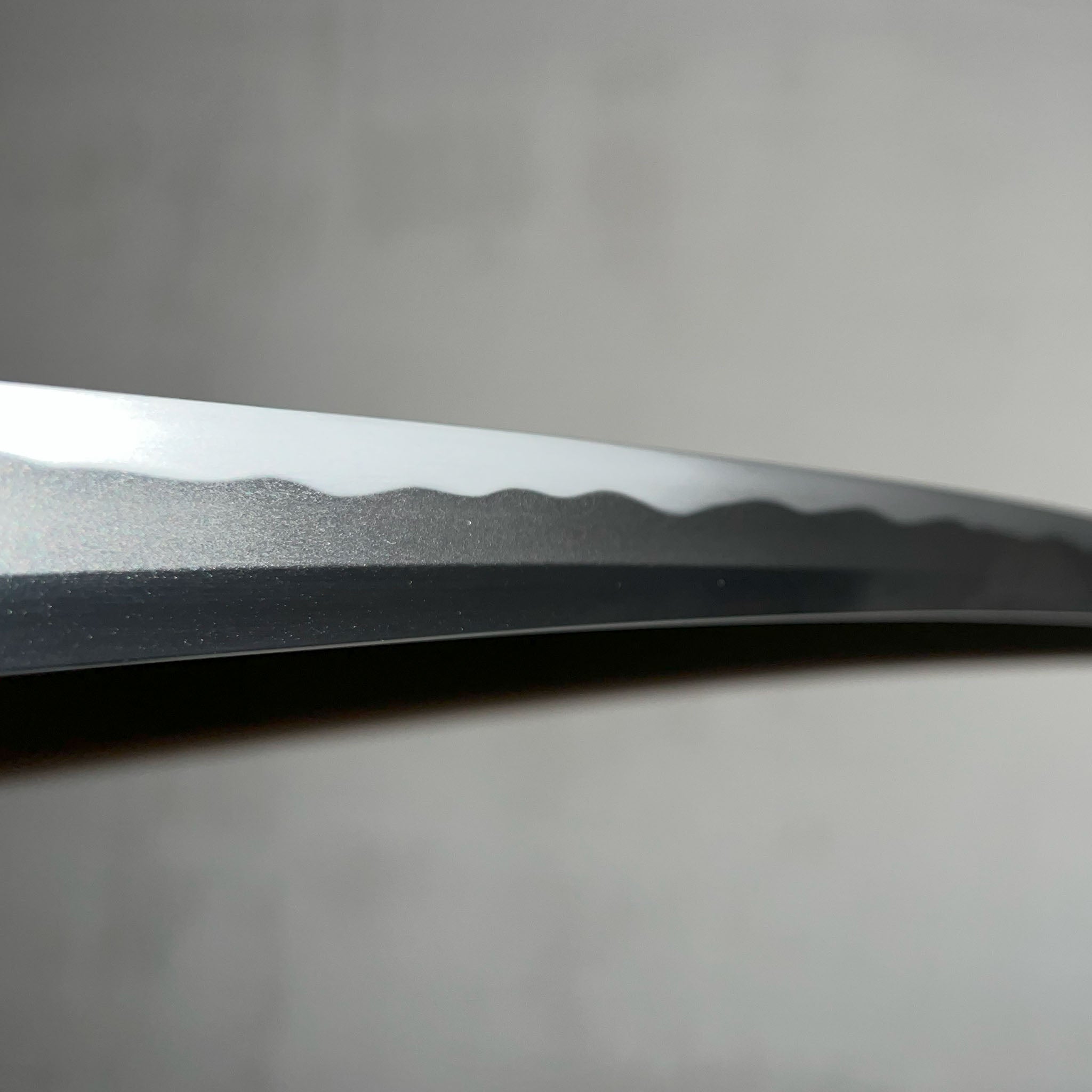
Hamon Through repeated mixing, folding, and forging, before quenching, a layer of clay is applied to the blade, leaving only the edge exposed. This allows the edge to directly contact the water dur...
Shop katana
Our katana store offers a wide selection of japanese swords — from traditional katanas and anime-inspired designs to fully functional blades — featuring a variety of materials and craftsmanship to suit your preferences.


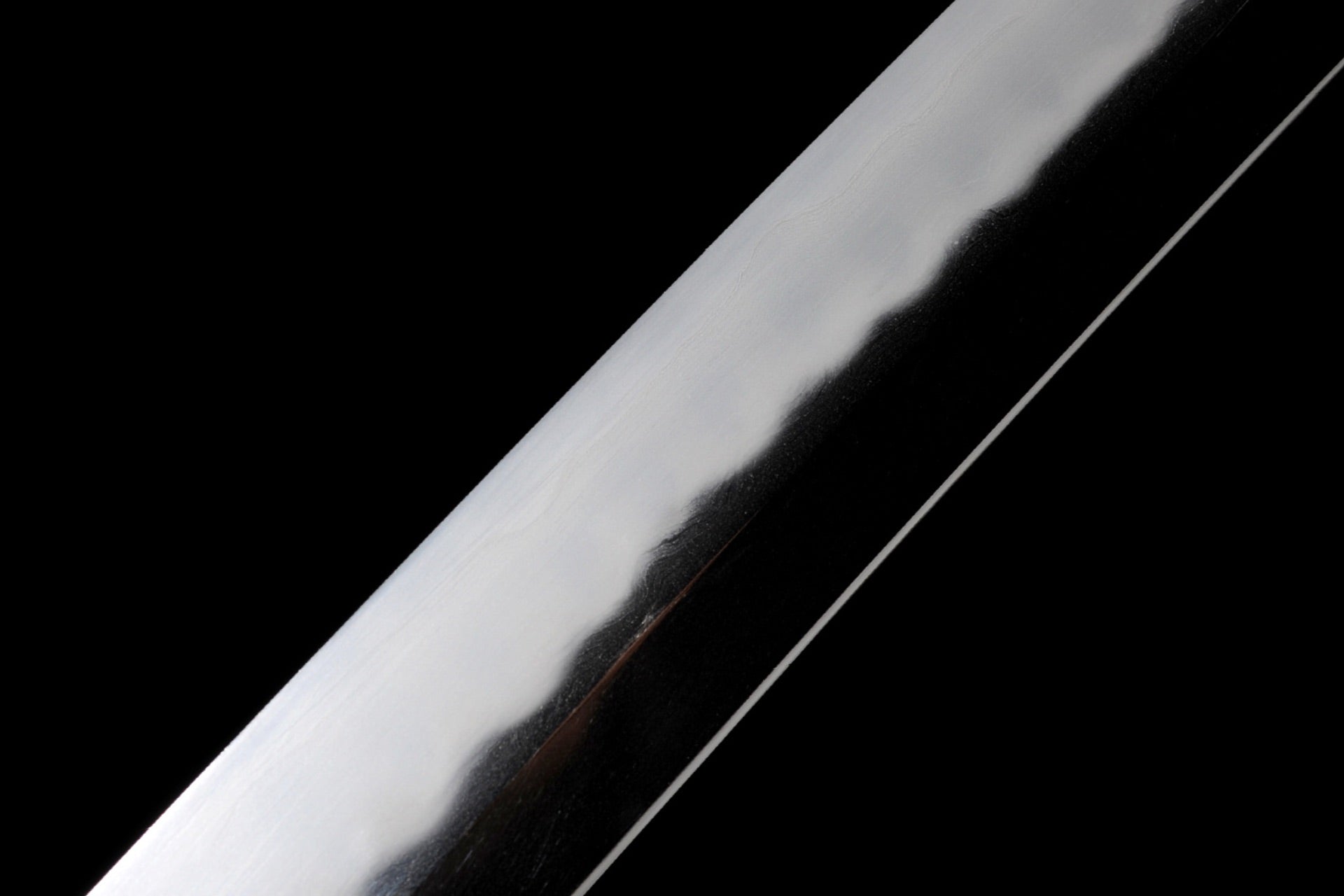
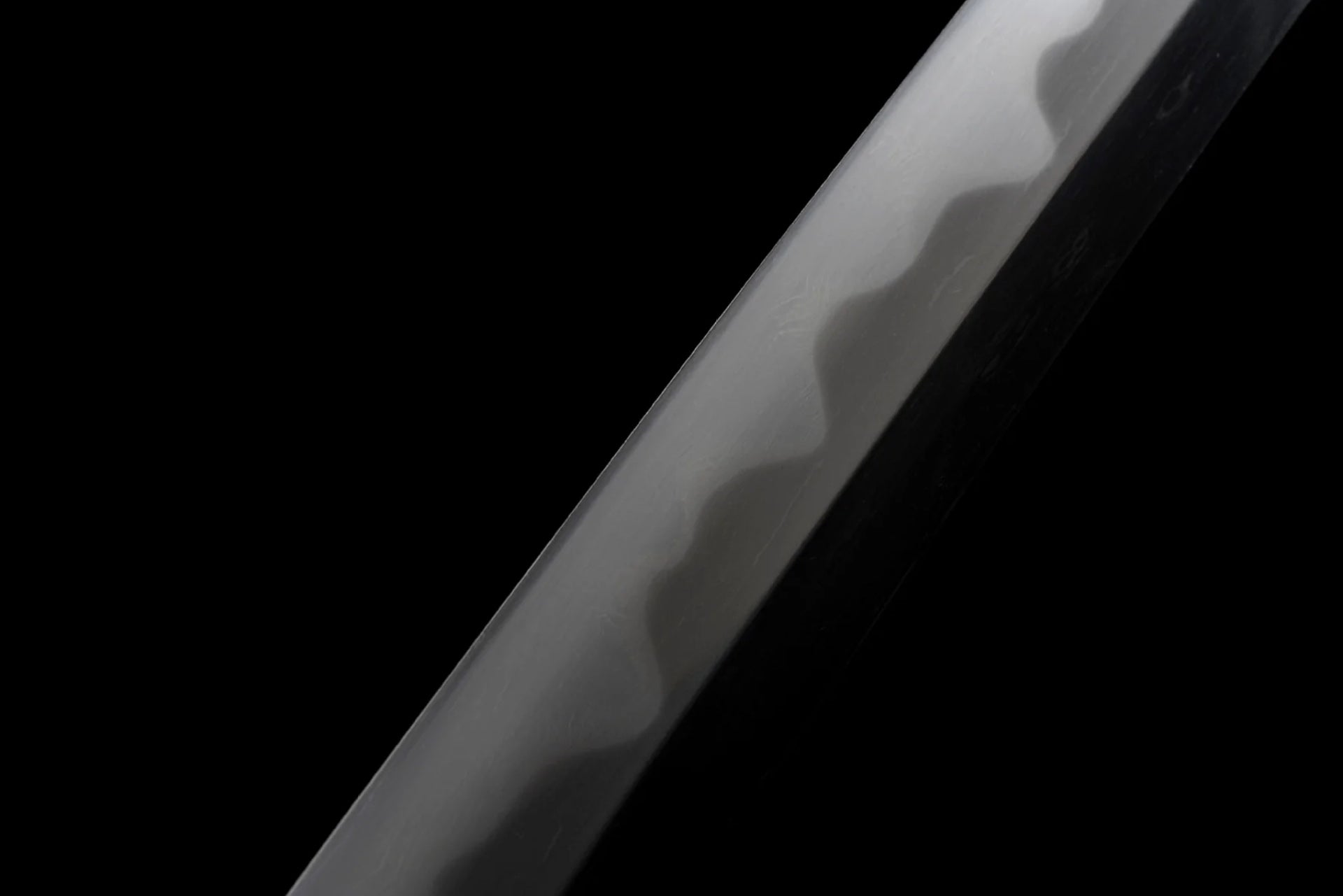

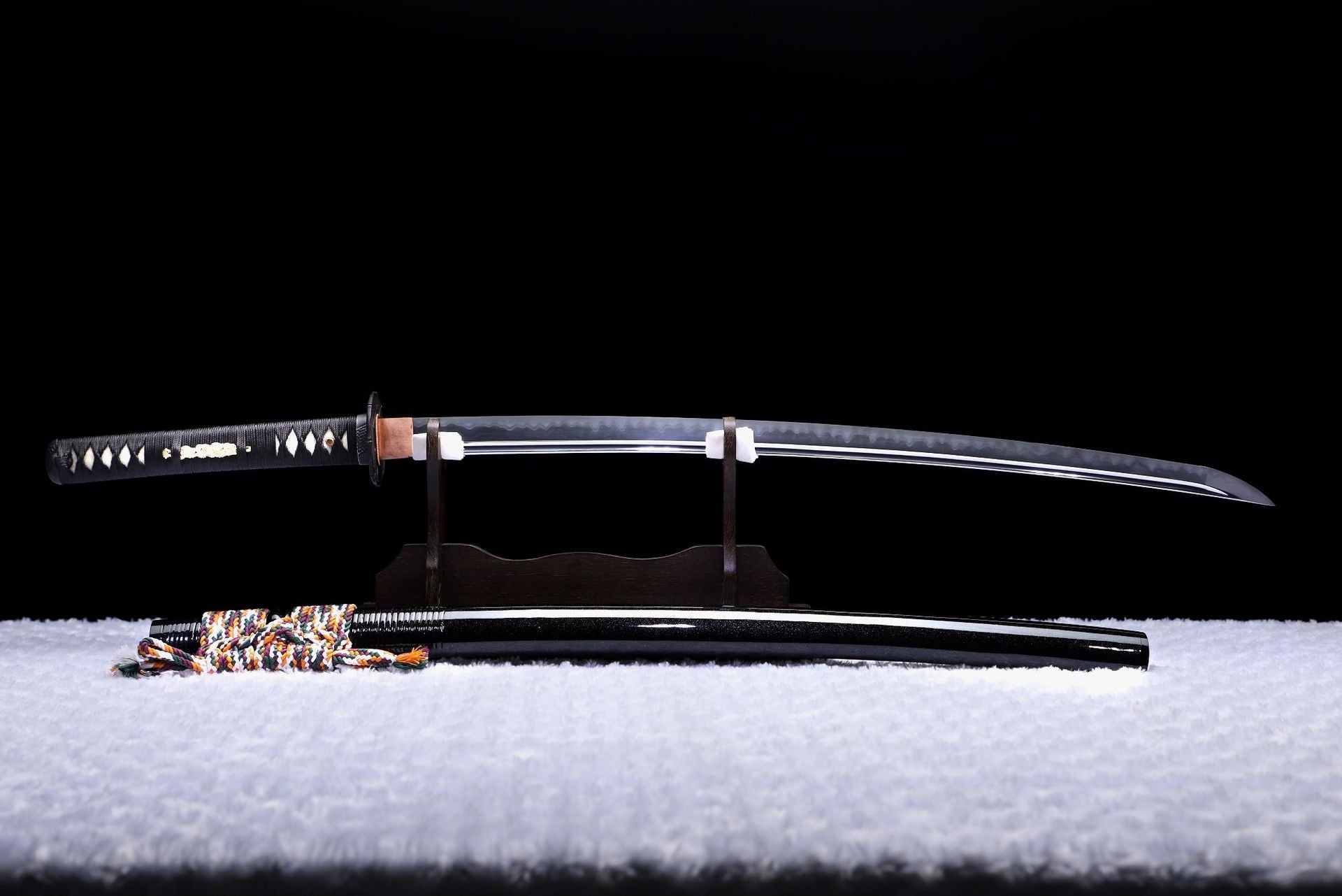
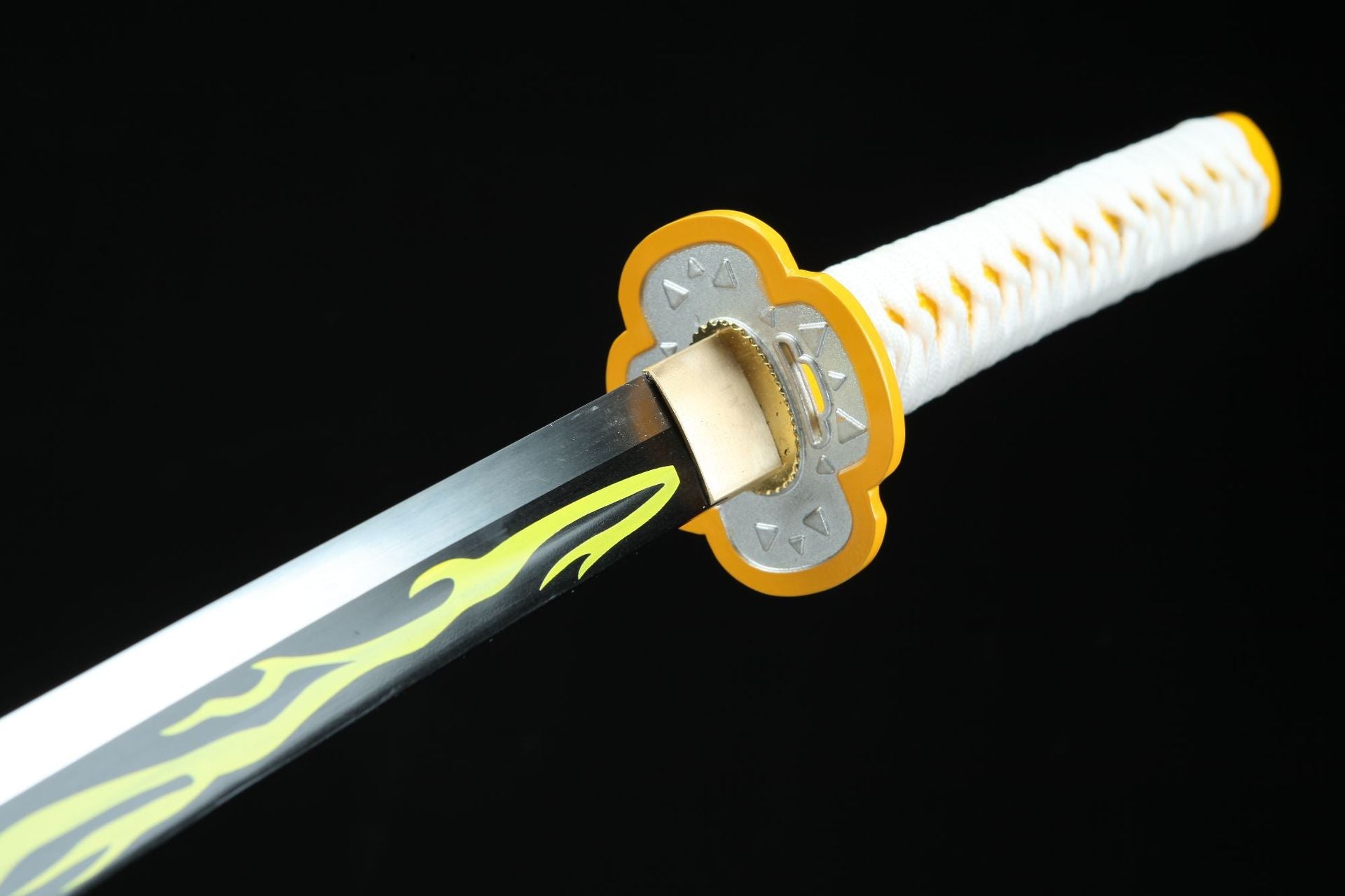
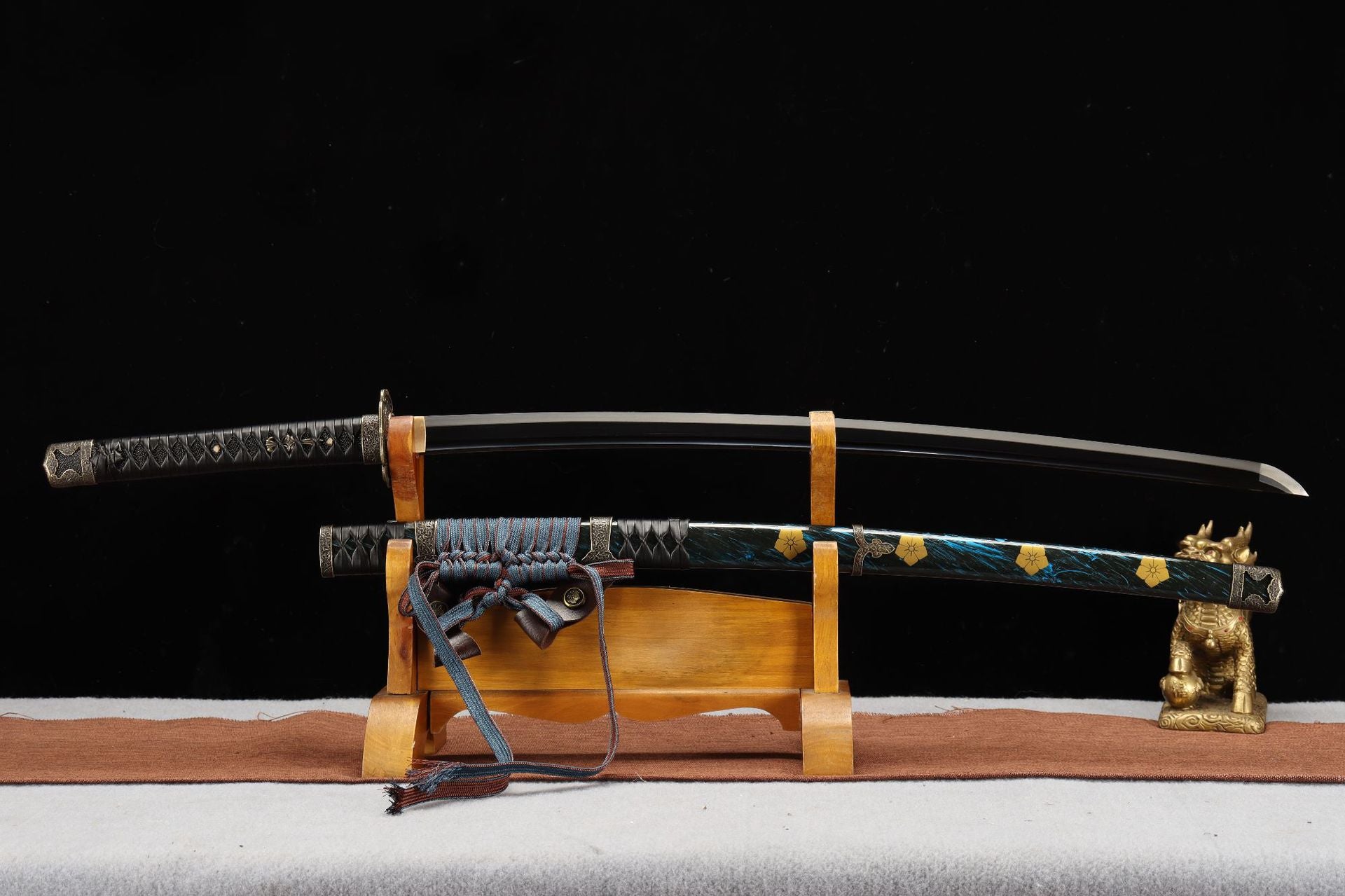
Leave a comment
All comments are moderated before being published.
This site is protected by hCaptcha and the hCaptcha Privacy Policy and Terms of Service apply.